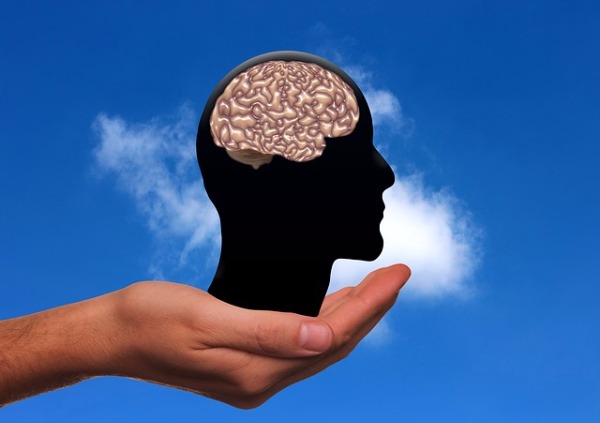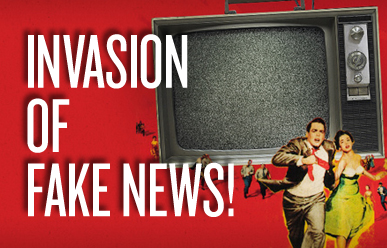Getting to the Level of Social Learning

"The Cognitive Science Behind Learning" is an article that discusses the idea of viewing different levels as a way to approach the study of cognitive science and learning.
It views cognitive science as an "umbrella term to incorporate all levels of human behavior from neural to social, and it includes contributions from many disciplines including philosophy, anthropology, neuroscience, psychology, sociology and more."
It is widely accepted that at the most basic level we have the neural level. That is looking at learning as something that is about forming and strengthening the connections between neurons in our brains. There is not a lot that an educator can do about that level in the classroom.
As educators, we are more concerned about what we might see at the next two levels. The main one we always discuss is the cognitive level, where "learning and instruction is about designed action and guided reflection."
For me, the importance at this level is that human learning is very connected to pattern-matching and meaning-making. Though some of those abilities are formed through some ability to perform by rote repeatedly and accurately, that is not the key to learning. Of course, it is the main thing we do in classrooms and it is generally what we assess in our grading. There are certainly courses that require learning a lot of information, but I agree with the author, Clark Quinn, that "Too often learning leaders make courses when the information doesn’t have to be in the head, it just needs to be on hand."
Quinn spends much less time on a higher level that I believe we should spend more time examining - social learning. Social learning theory is something I associate with Albert Bandura. It considers that learning is a cognitive process that takes place in a social context. It can occur purely through observation or direct instruction, even in the absence of motor reproduction or direct reinforcement.
In the early 1960s, Albert Bandura conducted what is known as the Bobo doll experiment. In the experiment, he had children observe a video of an adult aggressively playing with toys, including a Bobo doll. The large blow-up Bobo doll looks like a clown, and the adult hit the doll, knocked it down and even jumped on it while yelling words like 'pow!' and 'kick him!' When the children were subsequently allowed to play with a variety of toys, including the Bobo doll, more than half of the children modeled the adult and engaged in the same aggressive behaviors with the Bobo doll. This modeling was called Bandura's social learning theory.
Some of social learning occurs naturally in social classroom settings. Some of this theory has also been adopted by advertisers and marketers in social media settings. Social learning theory is most effective when four processes occur. Let me end here by just suggesting that every educator should consider their use of these processes intentionally and unintentionally in their teaching. The four processes are attention, retention, reproduction, and motivation.



